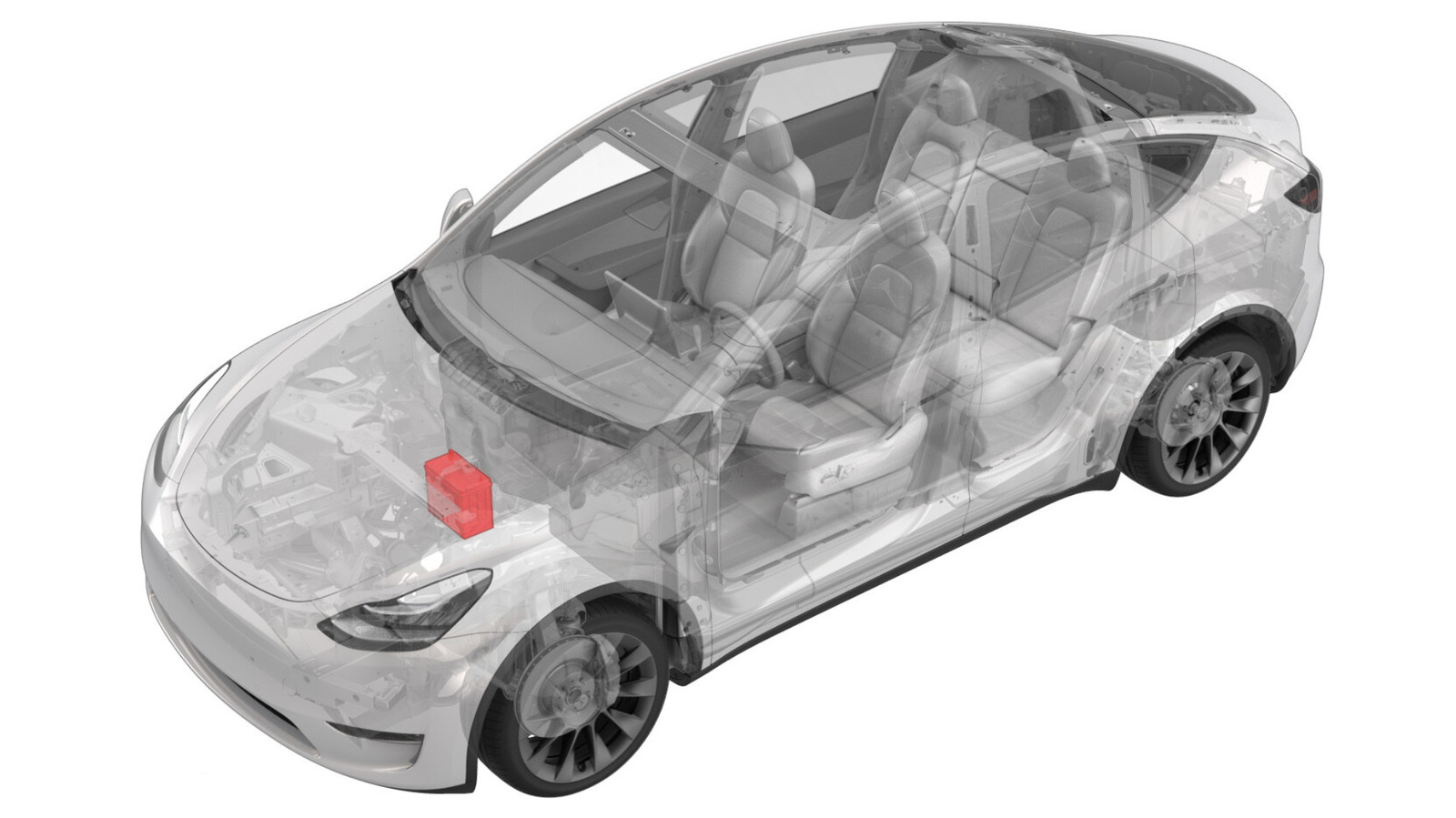The Impact of 3D Floor Plans in Commercial Space Planning

In today’s fast-paced commercial real estate and design landscape, clear communication and accurate visualization are more critical than ever. Traditional 2D drawings, while informative, often fail to convey the spatial dynamics and design intent of a commercial space to stakeholders.
This is where 3D floor plans have emerged as a game-changer. 3D floor plans bridge the gap between technical design and real-world experience by transforming flat layouts into immersive, lifelike visualizations. From retail stores to office complexes, they allow architects, developers, and business owners to make more informed decisions, optimize layouts, and present compelling visuals that align with brand identity and functionality.
This article explores the transformative role of 3D floor plans in commercial space planning and how they reshape how spaces are designed, presented, and brought to life.
Understanding 3D Floor Plans
A 3D floor plan is a modern way to show how a space looks from above. It is like a regular 2D floor plan, but with more details and depth. Instead of just lines and shapes, a 3D floor plan shows walls, doors, windows, furniture, and even colors and textures. This makes it easier to understand how a room will look and feel.
Builders, designers, and homeowners use 3D floor plans to plan and visualize spaces before they are built. They help you see the size of each room, how furniture fits, and how people will move through the space. This can be very helpful for avoiding design mistakes and making changes early.
For example, if you are designing a new kitchen or living room, a 3D floor plan lets you see where to place items like sofas, tables, or kitchen counters. You can also test different styles, colors, and layouts to find the best look for your home.
3D floor plans are made using special computer software. Some tools are simple and user-friendly, while others are used by professionals like architects and interior designers.
In short, a 3D floor plan is a smart tool that helps bring your ideas to life. It makes it easier to understand space, design better, and avoid costly errors. Whether you're building a new home or just rearranging a room, a 3D floor plan can be a great help.
Role of 3D Floor Plans in Commercial Space Planning
3D floor plans play an important role in commercial space planning. They help architects, designers, and business owners understand how a space will look and function before construction begins. Unlike 2D drawings, 3D floor plans show a clear and realistic view of the layout, furniture, and flow of movement inside the space.
For commercial spaces like offices, shops, restaurants, or showrooms, planning every square foot is important. A 3D floor plan helps in visualizing the space with real-life elements like walls, windows, furniture, lighting, and even people. This makes it easier to spot any problems early and make quick changes.
It also helps clients who may not understand technical drawings. With 3D floor plans, they can easily see how the final space will look and feel. This helps in faster decision-making and better communication between designers and clients.
In commercial planning, factors like space usage, employee comfort, customer flow, and safety need attention. A 3D floor plan brings all these factors together in one easy-to-understand image. It also supports better planning of electrical systems, storage areas, and seating layouts.
Overall, 3D floor plans save time, reduce errors, and improve the quality of the final space. They are a useful tool for turning ideas into real, functional commercial spaces.
Benefits for Specific Commercial Sectors
3D floor plans offer many benefits for different types of commercial spaces. They help each sector plan better, save time, and reduce costly mistakes. Here’s how they help in specific industries:
1. Retail Stores:
For shops and malls, 3D floor plans help in designing smart layouts. They show how products, shelves, and counters will be placed. This helps improve customer movement and makes shopping easy and enjoyable.
2. Offices:
In office planning, 3D floor plans help arrange desks, meeting rooms, and break areas properly. They also help in planning for good lighting and space use. This can increase employee comfort and work productivity.
3. Restaurants and Cafes:
For food places, it is important to plan kitchen areas, dining spaces, and waiting zones well. A 3D floor plan shows exactly how many tables fit and how staff will move around. It helps make sure the space is both beautiful and practical.
4. Hotels and Resorts:
In hotels, 3D floor plans help show room layouts, lobby areas, and guest paths. Owners can plan better guest experiences by seeing how everything fits together visually.
5. Healthcare Facilities:
Hospitals and clinics need smooth movement for staff and patients. A 3D floor plan shows where rooms, waiting areas, and equipment should go. This helps improve safety and patient care.
In short, 3D floor plans help every commercial sector by giving a clear, realistic view of the space before building begins.
Integration with BIM and VR
The integration of BIM (Building Information Modeling) with VR (Virtual Reality) is transforming the construction and design industries. BIM is a digital tool that helps create accurate 3D models of buildings, including all their details, such as materials, dimensions, and structural elements. VR, on the other hand, immerses users in a virtual world, allowing them to experience these 3D models as if they were physically inside the building.
When BIM and VR work together, they allow architects, designers, and clients to "walk through" a building before it's built. This helps in better understanding the design and layout, spotting potential issues, and making changes early in the process. Instead of just looking at flat drawings or models on a screen, users can explore spaces interactively in a 360-degree environment, gaining a real sense of scale and proportion.
This integration also enhances collaboration. With VR, different stakeholders, including engineers, contractors, and clients, can meet in a virtual environment to discuss ideas and make decisions more effectively. It speeds up the decision-making process and reduces the risk of errors, as changes can be visualized instantly.
In short, combining BIM and VR offers an innovative way to improve the design, planning, and construction phases of a project, making the process more efficient, accurate, and interactive.
The End Note
In conclusion, 3D floor plans have revolutionized commercial space planning by offering a more dynamic and realistic approach to visualizing spaces. They go beyond the limitations of traditional 2D drawings, providing stakeholders with a clear and immersive understanding of the layout, functionality, and flow of a space.
Whether it's for retail stores, office spaces, restaurants, or healthcare facilities, 3D floor plans enhance the decision-making process, reduce errors, and improve communication between designers and clients.
Furthermore, the integration of BIM and VR technologies adds a new layer of interactivity, allowing for virtual walkthroughs that help spot potential issues and optimize designs before construction even begins.
As commercial spaces continue to evolve, 3D floor plans will remain an essential tool for creating functional, efficient, and visually appealing environments.












































































